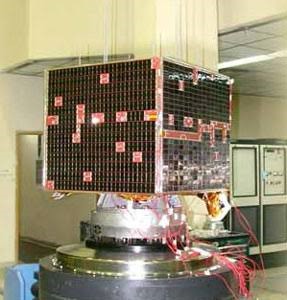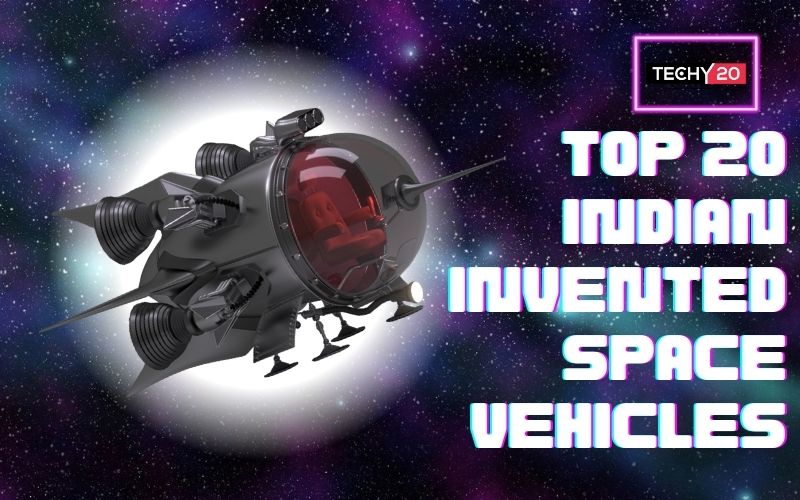India’s economic growth has made its space programme more conspicuous and active as the country strives for greater self-reliance in space science. Since 1975, the Indian Space Research Organization (ISRO) has launched 129 satellites of Indian origin and 342 foreign satellites from 36 countries. Thirty-nine of the total foreign satellites are commercial satellites, with the remainder being nano-satellites. India currently has 53 operational space satellites which provide various identified services to the country. There are 21 communication satellites, eight navigation satellites, 21 Earth observation satellites, and three science satellites. Satellite-enabled services and data are being used to benefit country regions. Broadcast television, direct-to-home, ATM, communication devices, tele-education, telemedicine, and weather, pest infestation, agro-meteorology, and potential fishing zones are examples of these. So, here are India’s latest top 20 space vehicles.
1. INS-2TD
The ISRO NanoSatellite 2TD (INS 2TD) is a nanosatellite developed by ISRO as a technology prototype satellite that serves as a precursor to the India-Bhutan joint satellite (INS-2B). On February 14, it was launched on PSLV C52 as part of the EOS-04 Mission launching vehicle. The satellite’s purpose was an experiment.
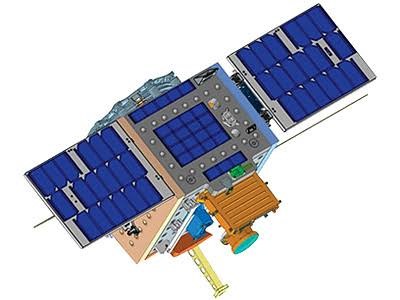
2. EOS-04
EOS-04 is a Radar Imaging Satellite crafted to provide high-resolution images in all weather conditions for implementations such as agriculture, forestry, and plantation management, as well as soil moisture and hydrology, and flood mapping. On the same day, February 14, it was launched using the same rocket, PSLV C52, for the EOS-04 Mission.
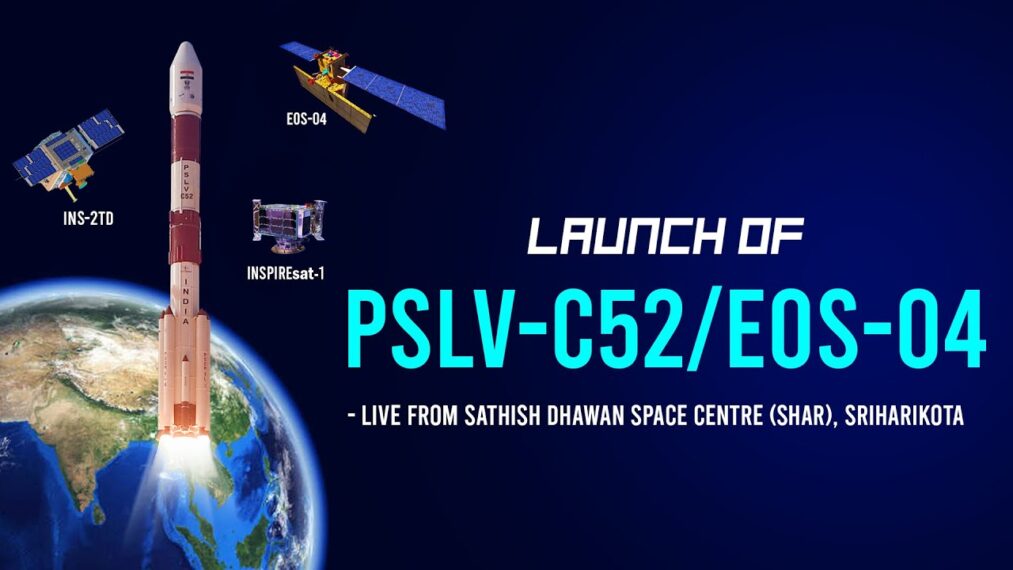
3. CMS-01
CMS-01 is a communication satellite designed to operate in the Extended-C Band of the frequency spectrum. The Indian mainland, Andaman-Nicobar, and Lakshadweep Islands will be covered by the Extended-C Band. CMS-01 is India’s 42nd communication satellite. PSLV-C50/CMS-01 was the launching vehicle, and it took off on December 17, 2020. The mission has a lifespan of seven years and a power generation capacity of 1500 watts.
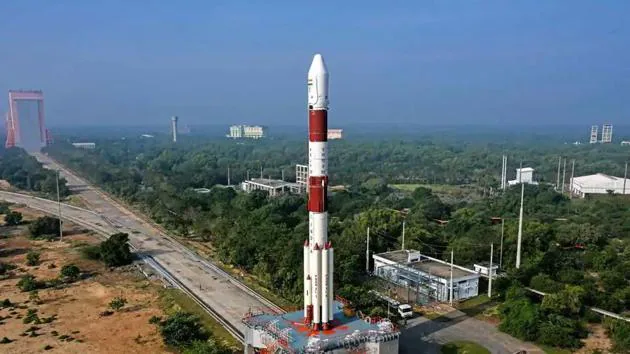
4. EOS-01
The EOS-01 Earth Observation Satellite is designed for agricultural, forestry, and disaster management applications. The nine customer satellites were launched in commercial agreement with New Space India Limited (NSIL). The Earth Observation satellite also contributes to the proper operation of the Disaster Management System. PSLV-C49/EOS-01 launched the satellite on November 7, 2020.
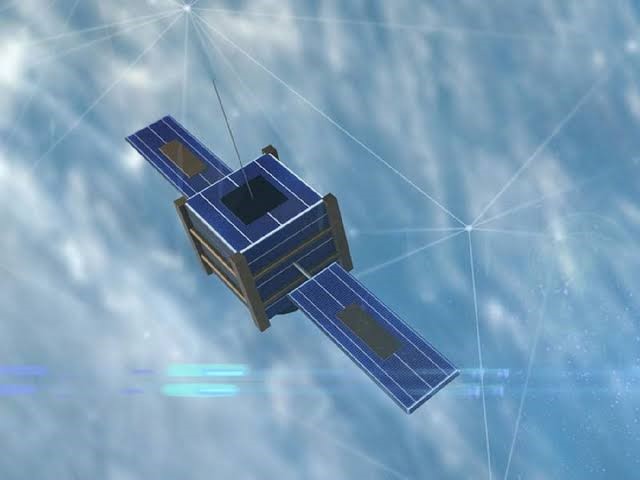
5. GSAT-30
On January 17, 2020, Ariane-5 VA-251 successfully launched India’s telecommunication satellite GSAT-30 into a Geosynchronous Transfer Orbit (GTO) from Kourou, French Guiana. The satellite is based on ISRO’s previous INSAT/GSAT satellite series. GSAT-30 will provide enhanced coverage as a replacement for INSAT-4A spacecraft services. The satellite provides Ku-band coverage of the Indian mainland and islands, as well as extended C-band coverage of the Gulf countries, a large number of Asian countries, and Australia.
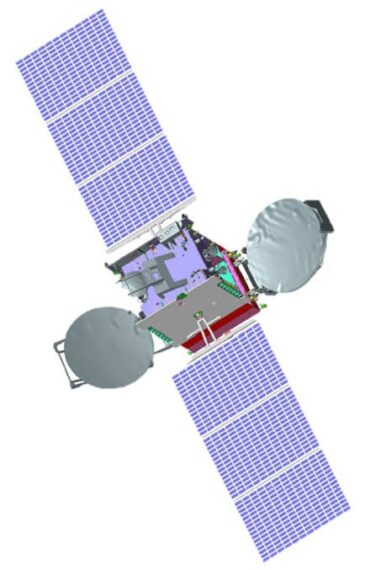
6. Cartosat 3
Cartosat-3 is a third-generation, agile, sophisticated satellite capable of high-resolution imaging. Cartosat-3 will meet rising user demand for large-scale urban planning, rural resource and infrastructural developments, coastal land use and land cover. The PSLV C-47 rocket launched the Earth observation mission. The mission will last five years and will generate 2000 watts of power.
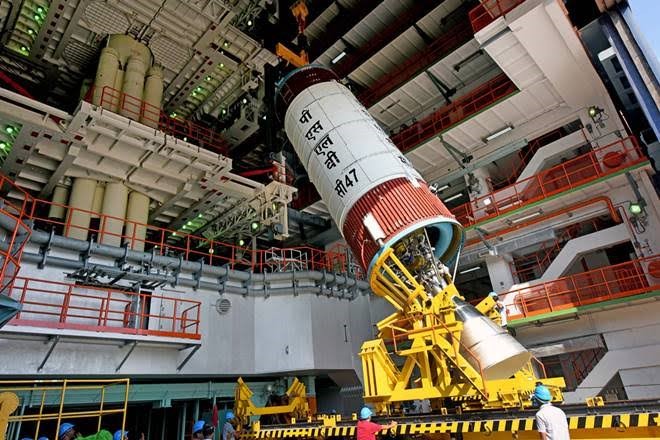
7. Chandrayan-2
Chandrayan-2 consisted of an orbiter, a lander, and a rover designed to explore the Moon’s unexplored South Pole. The mission’s goal is to advance lunar science by conducting detailed studies of topography, seismography, mineral identification and distribution, surface chemical composition, thermo-physical characteristics of topsoil, and the composition of the tenuous lunar atmosphere, which will lead to a new understanding of the Moon’s origin and evolution. On August 20, 2019, Chandrayaan-2 was successfully launched into lunar orbit.
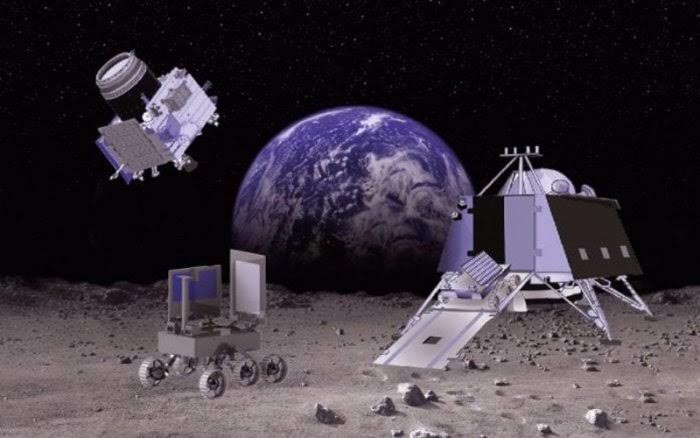
8. GSAT-31
GSAT-31, India’s telecommunication satellite, was successfully launched on February 6, 2019, by Ariane-5 VA-247 from the Kourou launch base in French Guiana. GSAT-31 is built on ISRO’s enhanced I-2K bus, which uses all of the bus’s capabilities. This satellite will supplement the capacity of Ku-band transponders in geostationary orbit. GSAT-31, which weighs about 2536 kg, will maintain operational services on some of the in-orbit satellites. The satellite is based on ISRO’s previous INSAT/GSAT satellite series. The satellite covers the Indian mainland as well as the islands.
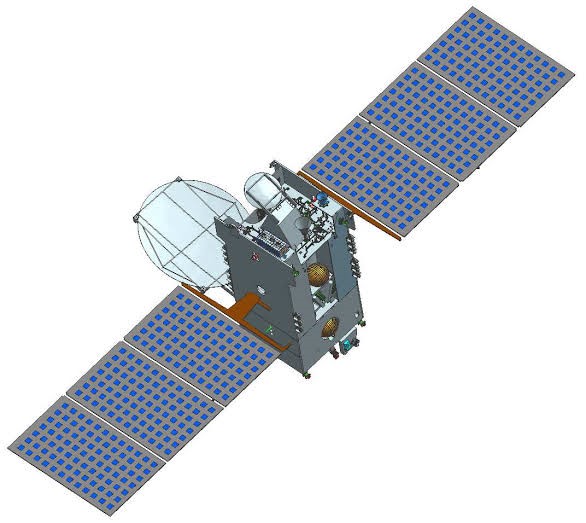
9. Microsat-R
On March 27, 2019, the Indian ASPAT experiment used Microsat-R as its target. The impact produced over 400 pieces of orbital debris, 24 of which had an apogee greater than the ISS orbit. According to the DRDO’s preliminary assessment, some debris (depending on size and trajectory) should re-enter the atmosphere within 45 days. A NASA spokesperson disagreed, saying the debris could last for years because the solar minimum had outsourced the atmosphere, preventing the debris from reentering. On January 24, 2019, PSLV-C44 successfully injected Microsat-R, an imaging satellite, into its intended orbit of 274 km.
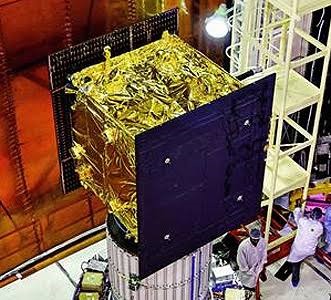
10. HysIS
The primary satellite of the PSLV-C43 mission, HysIS, weighs approximately 380 kg and is an earth observation satellite based on ISRO’s Mini Satellite-2 (IMS-2) bus. HysIS’s primary goal is to study the earth’s surface in the visible, near-infrared, and shortwave infrared regions of the electromagnetic spectrum. It was launched on August 29 2018, by PSLV C-43.
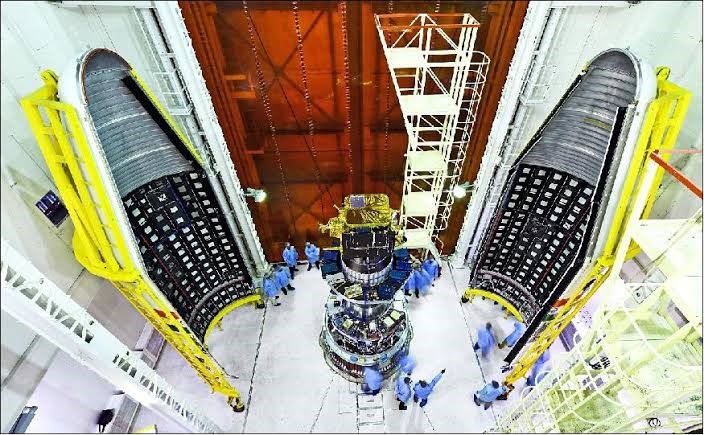
11. IRNSS-1I
IRNSS-1I is the eighth navigation satellite to join the IRNSS space segment. Its predecessors, IRNSS-1A, 1B, 1C, 1D, 1E, 1F, and 1G, were launched in July 2013, April 2014, October 2014, January 2015, January 2016, March 2016, and April 2016, by PSLV-C22, PSLV-C24, PSLV-C26, PSLV-C27, PSLV-C31, PSLV-C32, and PSLV-C33. IRNSS-1I’s configuration is similar to IRNSS-1A, 1B, 1C, 1D, 1E, 1F, and 1G. IRNSS-1I, like its predecessors, carries two payloads: navigation and ranging.
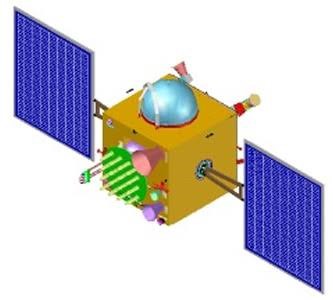
12. Microsat
As a co-passenger payload, PSLV-C40 carries an ISRO Microsatellite (Microsat). Microsat is a small satellite weighing 100 kg based on the IMS-1 bus. This is a technology demonstrator that will serve as a forerunner for future satellites in this series. The satellite bus is designed in a modular manner and can be built and tested independent of the payload.
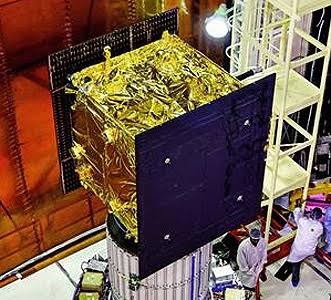
13. Satellite Cartosat 2 Series
The C40 satellite is a Cartosat-2 Series Satellite. This remote sensing satellite, like earlier satellites in the series, is designed to supplement data services for users. The satellite imagery will be useful for cartographic applications, urban and rural applications, coastal resource use and regulation, utility management such as road network monitoring, water distribution, land use map creation, and Land Information System (LIS) and Geographical Information System (GIS) applications. The PSLV-C40/Cartosat-2 Series Satellite Mission was launched from SDSC SHAR, Sriharikota, on January 12, 2018, at 09:29 hrs (IST).
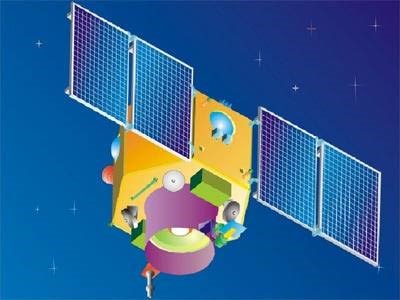
14. IRNSS-1H
PSLV-C39 was scheduled to launch IRNSS-1H into a sub-GTO with a perigee of 284 km, an apogee of 20,650 km, and an inclination of 19.2 degrees to the equatorial plane. However, due to the mission’s failure, the IRNSS-1H satellite could not be launched into orbit.
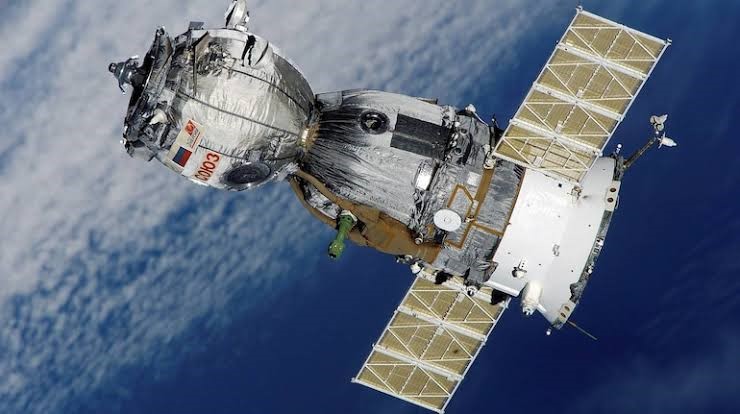
15. GSAT-17
On June 29, 2017, Ariane-5 VA-238 inducted India’s newest communication satellite, GSAT-17, into the INSAT/GSAT system from Kourou, French Guiana. GSAT-17, which weighs 3477 kg at launch, carries payloads in the normal C-band, extended C-band, and S-band to provide a various communication-services. GSAT-17 also conveys equipment for weather data relay and satellite-based search and rescue services, which were previously provided by INSAT satellites. GSAT-17 ensures service continuity on operational satellites in the C-band, extended C-band, and S-band.

16. RESOURCESAT-2A
RESOURCESAT-2A is designed to carry on the remote sensing data services provided by RESOURCESAT-1 and RESOURCESAT-2 to global users. They are a high-resolution Linear Imaging Self Scanner (LISS-4) camera with 5.8 m spatial resolution and steerable up to 26 degrees across the track to achieve a five-day revisit capability. The PSLV-C36/RESOURCESAT-2A was satisfactorily deployed from SDSC SHAR in Sriharikota on December 7, 2016, at 10:25 a.m. (IST).
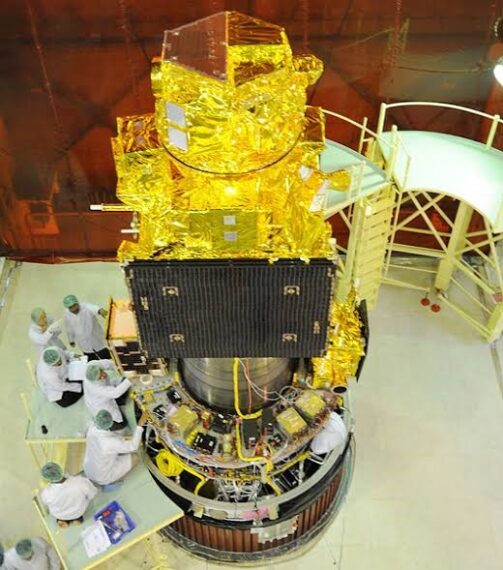
17. SCATSAT-1
SCATSAT-1 is a continuation mission for the Oceansat-2 Scatterometer, and it provides wind vector data products to users for weather forecasting, cyclone detection, and tracking. The satellite is outfitted with a Ku-band Scatterometer comparable to the one used on Oceansat-2. PSLV-C35 will place the spacecraft in an SSP orbit of 720 km at an altitude of 98.1 deigned vector data products to users for weather forecasting, cyclone detection, and tracking. The satellite is outfitted with a Ku-band Scatterometer comparable to the one used on Oceansat-2. PSLV-C35 will place the spacecraft in an SSP orbit of 720 km at an altitude of 98.1 degree inclined. The satellite’s mission life is five years. SCATSAT-1 was launched by PSLV-C35 from SDSC SHAR’s First Launch Pad on September 26, 2016.
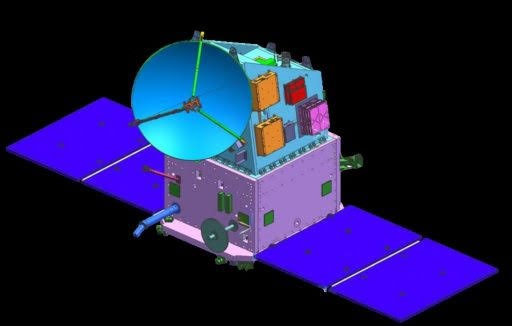
18. INSAT-3DR
INSAT-3D is an advanced weather satellite from India with an improved imaging system and an atmospheric sounder. INSAT-3D is intended for elevated meteorological observations, monitoring of land and ocean surfaces, and generating vertical profiles of the environment in terms of temperature and humidity for weather forecasting and disaster warning. It carries four payloads: a 6-channel multispectral imager; a 19-channel sounder; a Data Relay Transponder (DRT); and a Search and Rescue Transponder. INSAT-3D’s payloads ensure continuity and expand the functionality to deliver various meteorological and search and rescue services.

19. Oceansat-2
Oceansat-2 satellite mainframe systems are based on previous IRS missions and were launched on September 23, 2009, by PSLV-C14 from Satish Dhawan Space Centre in Sriharikota. It carries three payloads: the Ocean Colour Monitor (OCM), the Ku-band Pencil Beam scatterometer (SCAT) devised by ISRO, and the Italian Space Agency’s Radio Occultation Sounder for Atmosphere (ROSA). Oceansat-2 is designed to maintain the operational services of Oceansat-1 (IRS-P4) while expanding its application potential.
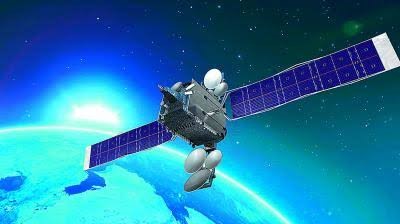
20. HAMSAT
HAMSAT is a microsatellite that provides satellite-based Amateur Radio services to the national and international Amateur Radio Operator communities (HAM). It consists of two transponders, one developed by Indian amateurs and the other by ISRO and HAMSAT-INDIA. A Dutch Amateur Radio Operator and a Graduate Engineering student at the Higher Technical Institute in Venlo, The Netherlands, created the second transponder.
